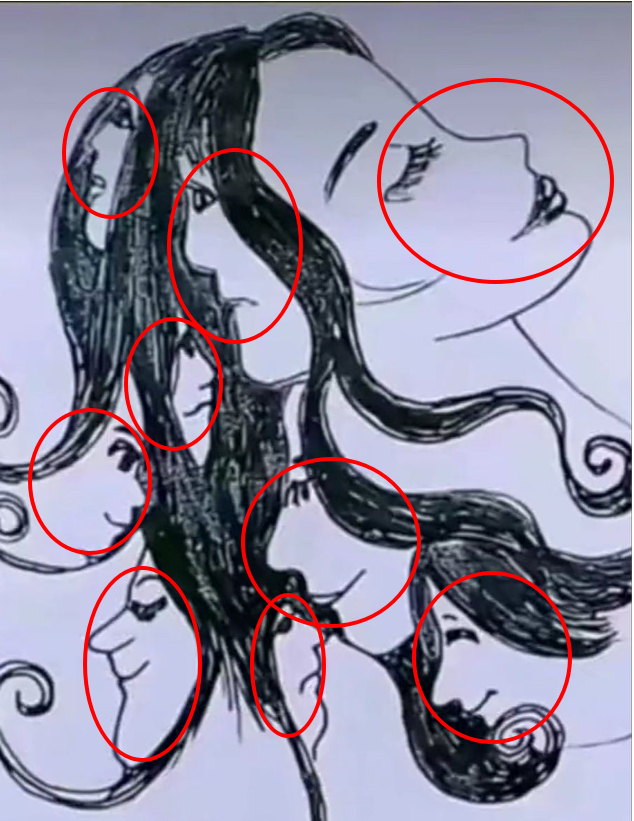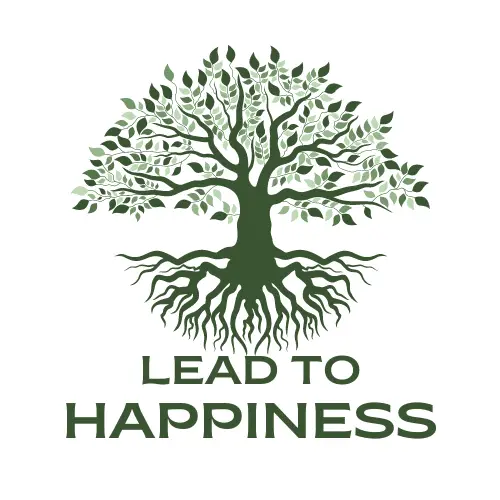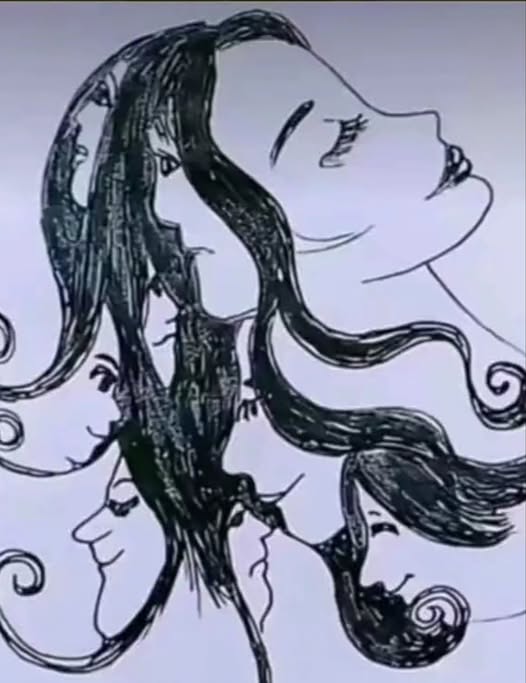How many faces can you find?
Unlocking the Mystery: How Many Hidden Faces Can You Spot in This Optical Illusion?
Why Hidden-Face Illusions Captivate Our Curiosity
Have you ever glanced at a swirling pattern or a cleverly drawn hairstyle and suddenly noticed a face staring back? That surprising “Aha!” moment is what makes hidden-face illusions so addictive. These artworks play with our perception, tapping into a phenomenon called pareidolia—our brain’s tendency to see familiar patterns, especially faces, in random shapes. When you encounter an image like the one above—a flowing hair-like design concealing multiple profiles—you lean in, eager to uncover each secret. This blend of mystery, discovery, and playful challenge engages us instantly. Plus, sharing “I found seven faces!” with friends invites friendly competition and social bonding. In this article, we’ll dive into why these illusions fascinate us, how to decode a multi-face drawing, strategies for spotting every hidden visage, and even how to craft your own illusions. Ready to train your eyes and sharpen your mind? Let’s get started.

Decoding the Multi-Face Hair Illustration
At first glance, you see a graceful profile of a woman tilting her head back, hair flowing like ink strokes. But look again: within those dark locks lie multiple smaller faces—some in profile, others peeking from negative spaces. The trick: the artist uses the contours of hair strands and gaps between them to form nose-forehead-chin outlines. Each hidden face shares the same flowing line as part of the main figure’s hair, so your brain needs to break free from the primary pattern and reassemble it into new profiles. To decode this illustration, begin by isolating individual “ribbons” of hair. Ask yourself: could this curve be a forehead? Could that slight indentation form a nose? As you scan each section, you may spot faces looking left, right, up, or down. The beauty lies in how seamlessly these profiles integrate: the image feels cohesive until you start noticing dozens of faces woven into one.
Understanding Pareidolia: Why We See Faces Everywhere
Pareidolia isn’t just an art trick; it’s rooted in our evolution. Early humans needed to detect faces quickly—friend or foe? A faint silhouette could signal danger or an ally. Our visual system became finely tuned to pick out face-like patterns, even when none exist. That’s why you might see faces in clouds, tree bark, or toast patterns. Artists harness this instinct, embedding hidden shapes that our brains eagerly latch onto. When you stare at the hair-portrait illusion, your mind oscillates between the obvious woman’s face and the lurking smaller profiles. That oscillation triggers delight: you feel clever for spotting a hidden face and curious to find more. Understanding this psychological underpinning explains why hidden-face puzzles remain so popular—they playfully exploit a deep-seated survival mechanism, turning it into a mental game.
.
.
.
.
.
.
.
Answer:



